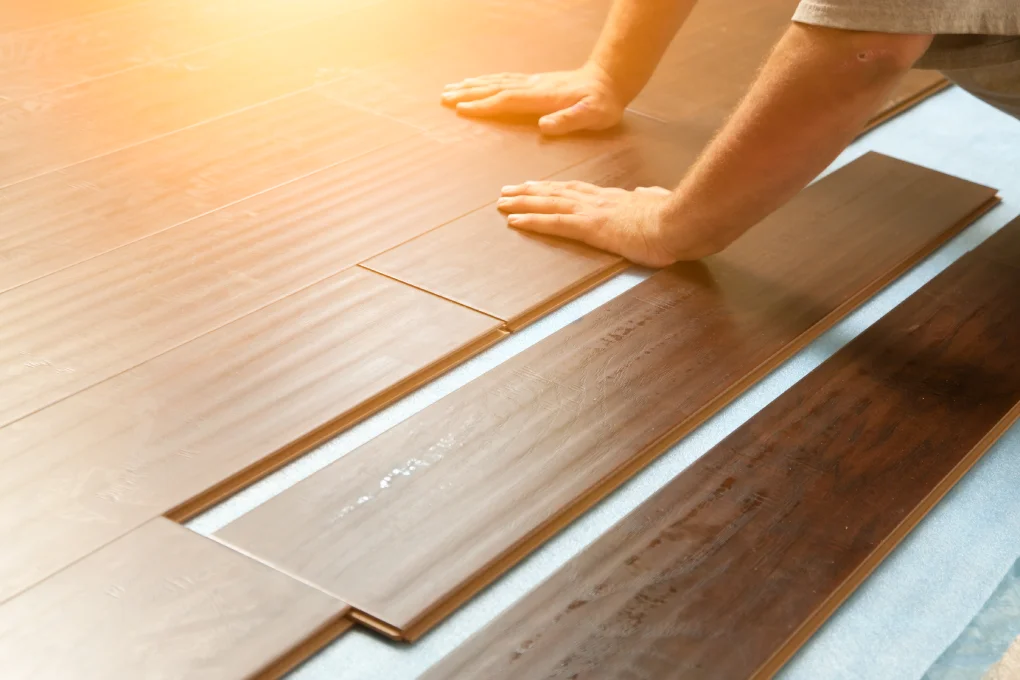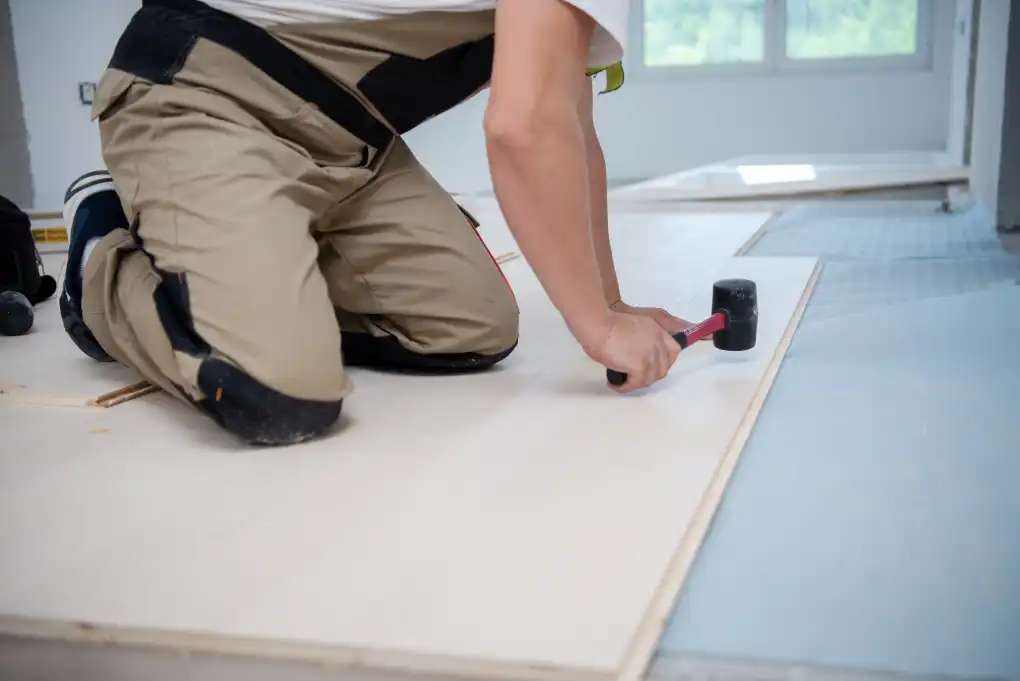Flooring & Remodeling: Transform Your Home with Stunning Style and Functionality
When it comes to home improvement, investing in the right flooring materials and remodeling services can create one of the most impactful transformations in your home. Whether you’re upgrading your living space for comfort or increasing your home’s value, the right flooring and remodeling choices can make a world of difference. If you’ve been considering a home makeover, this guide will walk you through everything you need to know about flooring & remodeling to ensure you make the best decisions.
Why Flooring & Remodeling Matter
Your floors set the foundation for your home’s aesthetic, while remodeling enhances both functionality and comfort. A well-planned remodel can transform key spaces like your kitchen, bathroom, or living areas, making your home more enjoyable and valuable. Choosing the right flooring—whether hardwood, tile, laminate, or carpet—can elevate the look and feel of any space. Evaluating materials and styles carefully ensures long-term benefits, reducing the need for frequent repairs or replacements.
Choosing the Right Flooring for Your Home
Selecting the perfect flooring requires considering factors like durability, style, cost, and maintenance. Here’s a breakdown of popular flooring options:
1. Hardwood Flooring
Hardwood floors are a timeless choice that adds warmth and sophistication. Available in a variety of finishes and wood types like oak, maple, and walnut, they last for decades with proper care. Though more expensive, hardwood can be refinished multiple times, maintaining its beauty over the years.
2. Laminate Flooring
Laminate is an affordable alternative to hardwood, mimicking its appearance while being scratch-resistant and easy to maintain. Modern laminate options even offer waterproof technology, making it ideal for moisture-prone areas like kitchens and bathrooms.
3. Tile Flooring
Ceramic and porcelain tiles are durable, moisture-resistant, and available in a range of styles. Perfect for bathrooms and kitchens, they’re easy to clean and maintain. Proper grout care can extend their lifespan and keep them looking fresh.
4. Carpet Flooring
Carpet adds warmth and coziness to bedrooms and living areas, while also reducing noise. Opt for stain-resistant carpets in high-traffic areas or homes with kids and pets. Regular cleaning is essential to maintain its appearance.
5. Vinyl Flooring
Vinyl is a versatile and budget-friendly option that’s waterproof, resilient, and easy to install. Modern vinyl designs replicate the look of wood or stone, offering durability and comfort underfoot.
Factors to Consider
When selecting flooring, keep these factors in mind:
- Lifestyle: Do you have pets or children? Do you entertain frequently? Durable options like tile or vinyl are ideal for busy households.
- Budget: Laminate and vinyl are cost-effective alternatives to pricier options like hardwood.
- Personal Style: Choose flooring that complements your home’s decor, whether modern, traditional, or rustic.
- Functionality: Bathrooms and kitchens require moisture-resistant flooring like tile or vinyl, while living areas may benefit from hardwood or carpet.
- Maintenance: Consider how much upkeep you’re willing to do. Hardwood requires regular care, while vinyl is low-maintenance.
Remodeling Your Home: What You Need to Know
Planning a home remodel? Budget, design, and hiring the right professionals are key. Here are some remodeling ideas to upgrade your home:
Kitchen Remodeling
- Upgrade countertops with granite or quartz.
- Install modern cabinets for added storage.
- Add a stylish backsplash.
- Replace old appliances with energy-efficient models.
- Consider a kitchen island for extra workspace and functionality.
Bathroom Remodeling
- Install a luxury walk-in shower or bathtub.
- Use waterproof flooring like tile or vinyl.
- Upgrade faucets and fixtures for a modern touch.
- Add heated floors for extra comfort.
Living Room Remodeling
- Replace old carpets with hardwood or laminate.
- Add built-in shelves for organization.
- Use accent walls to create depth.
- Upgrade furniture for a refreshed look.
Planning Your Remodeling Project
Determine Your Budget
Start by listing the elements you want to include, such as new flooring, bathroom updates, or kitchen remodels. Research costs and consult professionals to create a realistic budget. Don’t forget to account for unexpected expenses.
Hire a Professional
Choose a licensed, insured professional with experience in your type of project. Ask for references, check reviews, and verify credentials. Discuss your vision, budget, and timeline to ensure a seamless process.
The Benefits of Professional Flooring & Remodeling Services
While DIY projects can be rewarding, hiring professionals ensures a high-quality finish. Benefits include:
- Expertise & Precision: Skilled installers ensure flawless results.
- Time-Saving: Professionals complete projects efficiently.
- Access to Quality Materials: Get top-grade flooring at competitive prices.
- Increased Home Value: Proper remodeling boosts resale value.
- Warranty Protection: Enjoy peace of mind with warranties.
Flooring & Remodeling Trends in 2025
Stay ahead with these trends:
- Sustainable Materials: Eco-friendly options like bamboo and reclaimed wood.
- Open-Concept Spaces: Removing walls for a spacious feel.
- Smart Home Features: Automated lighting and smart thermostats.
- Bold Tile Patterns: Add character to kitchens and bathrooms.
- Luxury Vinyl: A durable, stylish choice for modern homes.
Final Thoughts
Whether you’re revamping a single room or undergoing a full home transformation, flooring & remodeling are essential for enhancing aesthetics, comfort, and functionality. By making informed decisions and working with professionals, you can achieve a stunning, long-lasting result.
Ready to start your project? ROR Home Repair is here to help. Visit us online or follow us on Facebook for expert tips, inspiration, and updates on our latest projects!
FAQs
1. What is the best flooring for high-traffic areas?
Answer: High-traffic areas like hallways, kitchens, and entryways require durable floor options that can withstand wear and tear. The best flooring materials include porcelain tile, luxury vinyl plank (LVP), and engineered hardwood. These materials resist scratches, dents, and moisture, making them ideal for areas with heavy foot traffic.
2. How do I choose flooring that increases my home’s resale value?
Answer: To maximize resale value, choose neutral, timeless floor materials that appeal to a wide range of buyers. Hardwood flooring is the top choice for adding value, followed by luxury vinyl plank and high-quality tile. Avoid bold or trendy colors that may go out of style quickly.
3. What type of flooring is best for soundproofing?
Answer: If soundproofing is a priority, consider various floor materials such as carpet, cork, or rubber flooring as they absorb sound effectively. Luxury vinyl flooring with soundproof underlayment is also a great option for apartments and multi-story homes to reduce noise transfer between floors.
4. Can I install new flooring over existing flooring?
Answer: In some cases, you can install new flooring over existing flooring, but it depends on the material. Laminate, vinyl, and engineered wood can be installed over old flooring as long as the surface is even and in good condition. However, removing old flooring is recommended for the best results and longevity.
5. What are the best budget-friendly remodeling options?
Answer: If you’re remodeling on a budget, consider painting walls, refacing cabinets, updating fixtures, and installing various floor materials like peel-and-stick flooring. DIY projects like backsplash installations and open shelving can also give your home a fresh, modern look without a hefty price tag.
6. How do I prevent moisture damage in flooring?
Answer: To prevent moisture damage, choose water-resistant floor materials like tile, vinyl, or sealed engineered hardwood. Use area rugs in high-moisture zones, wipe up spills immediately, and maintain indoor humidity levels between 35-55% to protect flooring from warping or mold growth.
7. Is there an eco-friendly alternative to traditional hardwood flooring?
Answer: Yes! Bamboo flooring, cork flooring, reclaimed wood, and recycled tile are excellent eco-friendly alternatives. These floor materials are sustainable, durable, and contribute to a greener home while offering a stylish appearance.
8. How do I know if my flooring needs replacing or refinishing?
Answer: If your floor has deep scratches, cracks, water damage, or severe discoloration, it may be time for a replacement. Various flooring materials and services offer many different types of solutions; for instance, hardwood floors can often be refinished multiple times before needing replacement, whereas laminate or vinyl may need full replacement after extensive wear.
9. What’s the difference between engineered wood and solid hardwood flooring?
Answer: Solid hardwood floor is made from a single piece of wood and can be sanded and refinished multiple times. Engineered wood floor has a plywood core with a hardwood veneer, making it more resistant to moisture and temperature changes. Engineered wood is better for basements and humid environments, while solid hardwood is ideal for dry, stable conditions.
10. How long does a full flooring & remodeling project take?
Answer: The timeline depends on the scope of the project. Flooring installation alone can take 1-7 days, depending on the floor material and services involved. A full home remodel, including flooring, cabinetry, and fixtures, can take several weeks to months depending on complexity and contractor availability.









